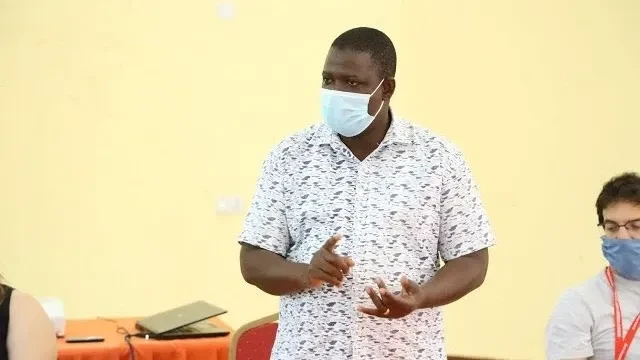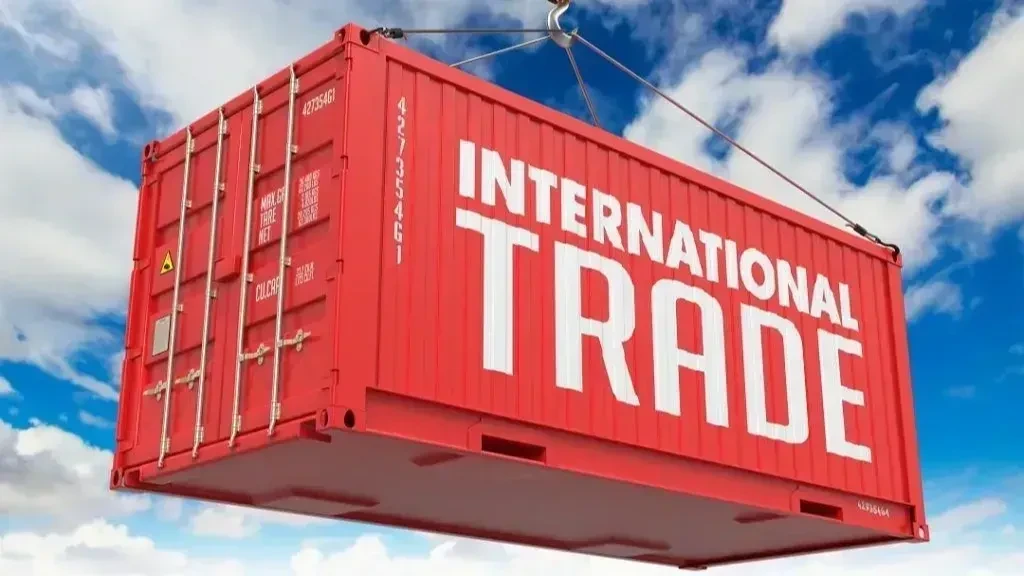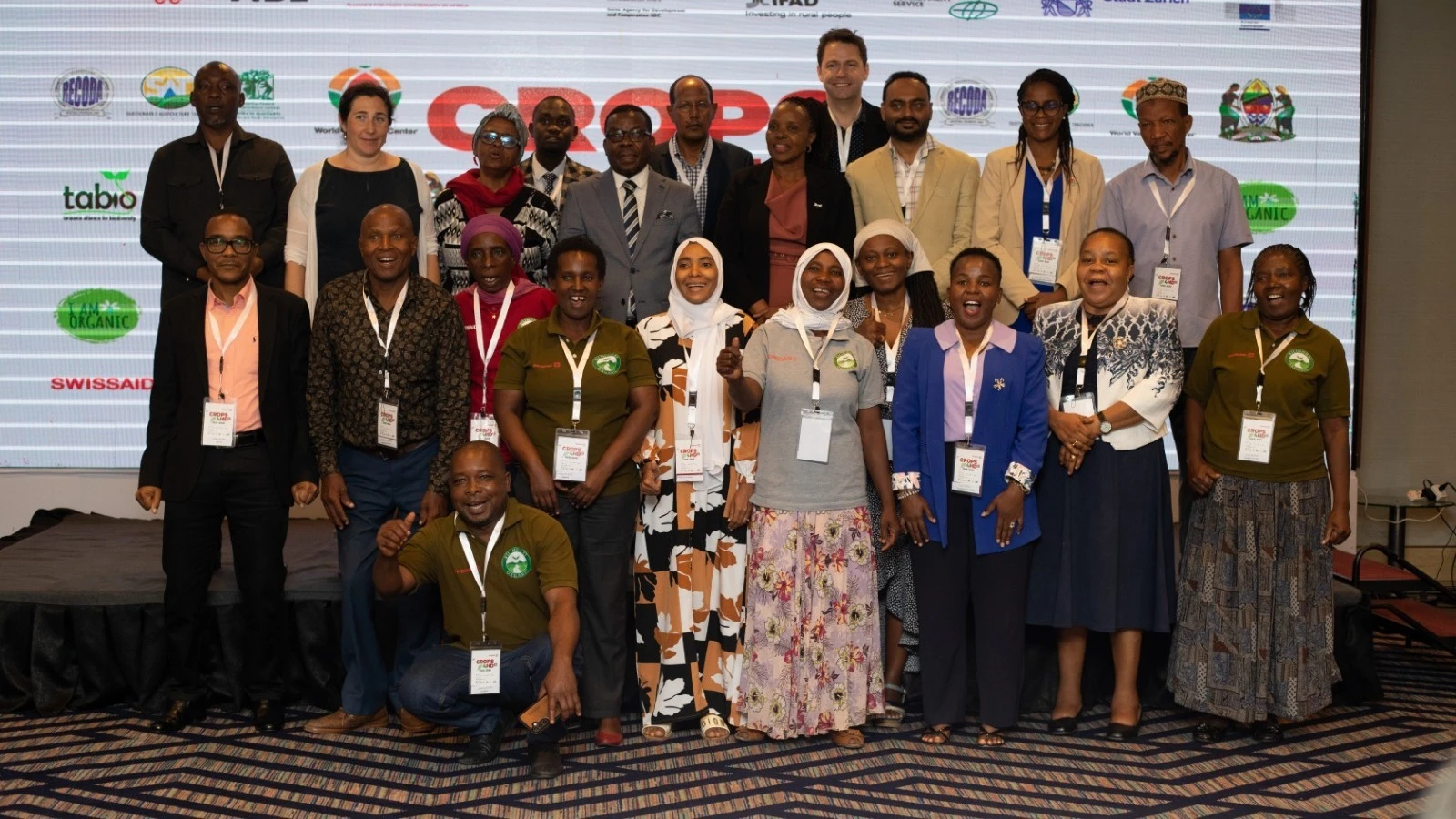Both regulation and behaviour behind endless supply and use of illicit liquor

THERE is a new round of discussion on the problem of the extensive prevalence of illicit liquor in various parts of our country – both urban and rural areas.
A meeting of government and private sector stakeholders has lately reopened this frequently disputed matter, with manufacturing stakeholders wishing for a quick-fix solution lying in the enforcement of existing legislation and law enforcement agencies realising that things are not that simple.
Industry stakeholders talk of illicit spirits amounting to about 55 per cent of total alcohol currently produced, distributed and consumed in the country.
Amidst long-running suggestions that Tanzania is among African countries with the highest prevalence of illicit alcohol consumption, a situation which poses a serious public health risk, participants at the meeting were enjoined to work together in fighting illicit alcohol.
It was noticeably the Confederation of Tanzania Industries (CTI) chairman who made that affirmation at the roundtable meeting, while seemingly taking little notice of the need for comparisons with countries in the neighbourhood or further afield.
The roundtable meeting was meant to discuss ways of stemming the problem, the preponderant argument being that vast distribution of illicit liquor threatened livelihoods while undermining revenue generation in the alcohol industry.
There are at least two different problems which can’t be discussed with the same urgency and when one of the two is removed, it remains to be seen how far the second issue, namely, losing government revenue, is equally urgent.
The answer comes from the framing weaknesses, that the potential risk to life is not sufficiently urgent as this is a private matter, for a broad section of the public routinely demonstrates affinity for such alcohol.
That consideration largely unsettles the substance of the meeting and its law enforcement endeavour, as problems of alcohol or tobacco addiction don’t concern only law enforcement agents but community health personnel as well.
The matter of denying not just brewers but the government rightful revenues is a solid issue, apparently needing to be urgently addressed. Fact is, the two issues had to be kept separate, in which case the meeting did not state the rationale of a systematic campaign against local hard liquors, if one skipped revenues.
The proper source of the alcohol problem is inactivity, structural inactivity in communities where there is fairly intense labour in planting, weeding and harvesting, and plenty of ‘idle’ hours.
Given the poverty that is the lot of many rural dwellers and a stretch of those in urban areas, the production, sale and consumption of alcohol of whatever make usually mean a lot socially, culturally, economically and even politically.
These aspects of life are as basic and crucial as most others and can’t be easily or safely played down or brushed off as of little or no consequence.
The wish for enforced transition to registered liquors could thus provoke much more than just a cost of living backlash – and hence the need for the matter to approached and handled as carefully and experts as practicable.
Top Headlines
© 2025 IPPMEDIA.COM. ALL RIGHTS RESERVED

















